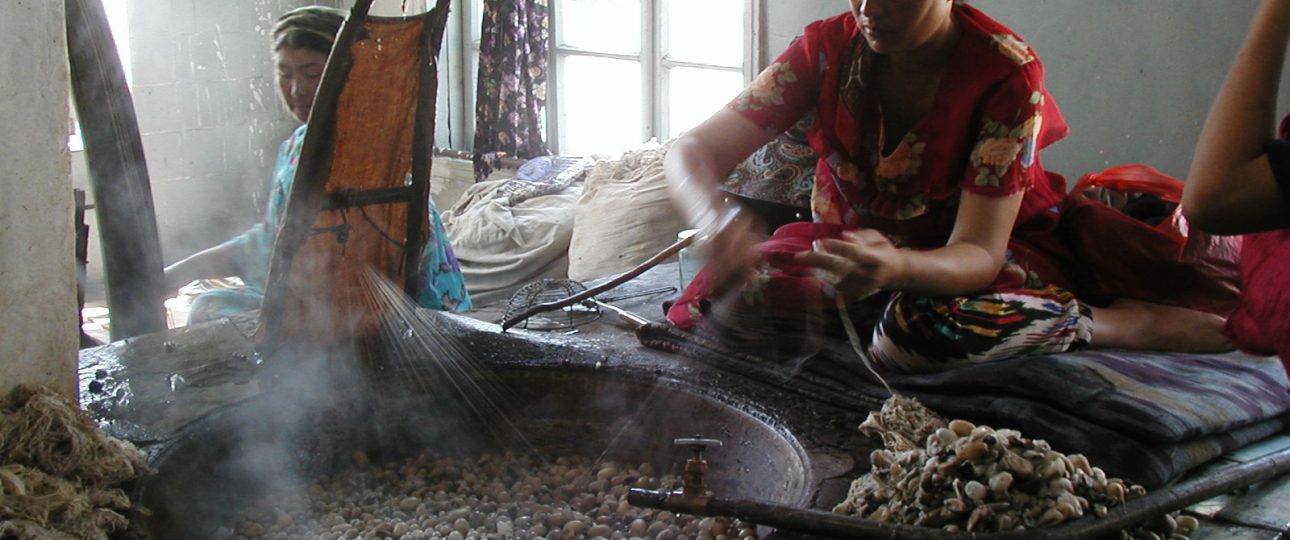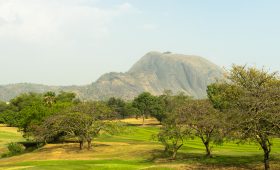Discovering the Fergana Silk Factory
The Fergana Silk Factory in Uzbekistan offers a unique look into the ancient art of silk production. Located in the Fergana Valley, this factory is a testament to Uzbekistan’s rich cultural heritage and its dedication to preserving traditional crafts. Let’s delve into the history and processes that make this place special.
Historical Context
Silk production in the Fergana Valley dates back to the late 19th century, during the Russian Empire’s rule. The valley itself has been a crossroads of cultures and empires, from the Achaemenid Empire to the Soviet era. This historical backdrop adds layers of significance to the silk factory, which has adapted through various political and social changes while maintaining its core traditions.
The Silk Production Process
The Fergana Silk Factory employs a meticulous and labor-intensive process to produce silk. Here’s a breakdown of the stages involved:
1. Mulberry Cultivation
The process begins with cultivating mulberry trees, whose leaves are the primary food source for silk worms. The factory maintains its own orchards to ensure a consistent supply of fresh leaves.
2. Silk Worm Rearing
Silk worms are reared in controlled environments, requiring careful attention to their health and well-being. This stage is crucial as it directly affects the quality of the silk.
3. Cocoon Harvesting
After weeks of feeding, the silk worms spin cocoons made from a single silk thread. These cocoons are harvested and sorted to ensure high quality.
4. Silk Extraction
The cocoons are placed in warm water to soften the fibers, making it easier to extract the silk threads. Skilled craftsmen then unravel the cocoons to collect the delicate threads.
5. Spinning
The extracted silk threads are spun into yarn, which can be further processed into various types of silk fabric, each with unique textures and characteristics.
6. Dyeing and Weaving
In the final stage, the silk yarn is dyed and woven into intricate fabrics. Artisans use traditional techniques to create patterns that highlight the beauty of Uzbek silk.
Visiting the Fergana Silk Factory
A visit to the Fergana Silk Factory offers several highlights:
1. Museum of Silk
The factory houses a museum that showcases the history of silk production in Uzbekistan. Visitors can view ancient silk artifacts and learn about the cultural significance of silk in the region.
2. Live Demonstrations
Witnessing live demonstrations of the silk production process is a highlight. Guides explain each stage, offering insights into the techniques and traditions passed down through generations.
3. Silk Shopping
The factory’s boutique offers a range of silk products, from scarves to home decor. Purchasing these items supports local artisans and allows you to take home a piece of Uzbekistan’s textile heritage.
Travel Tips
The Fergana Silk Factory is accessible from various cities in Uzbekistan. Hiring a private car or joining a guided tour is recommended for convenience. The best time to visit is during spring or autumn when the weather is mild.
Transportation and Accommodation
Getting around the Fergana Valley is straightforward. Taxis and private cars offer flexibility, while public buses and shared taxis provide budget-friendly options. Accommodation ranges from luxury hotels to guesthouses. Popular choices include Hotel Asia Fergana and Hotel Club 777. Booking in advance is advisable, especially during peak tourist seasons.
With its rich history and intricate production process, the Fergana Silk Factory offers a fascinating glimpse into Uzbekistan’s cultural heritage. Whether you’re a history buff or a textile enthusiast, this destination provides a memorable experience.




